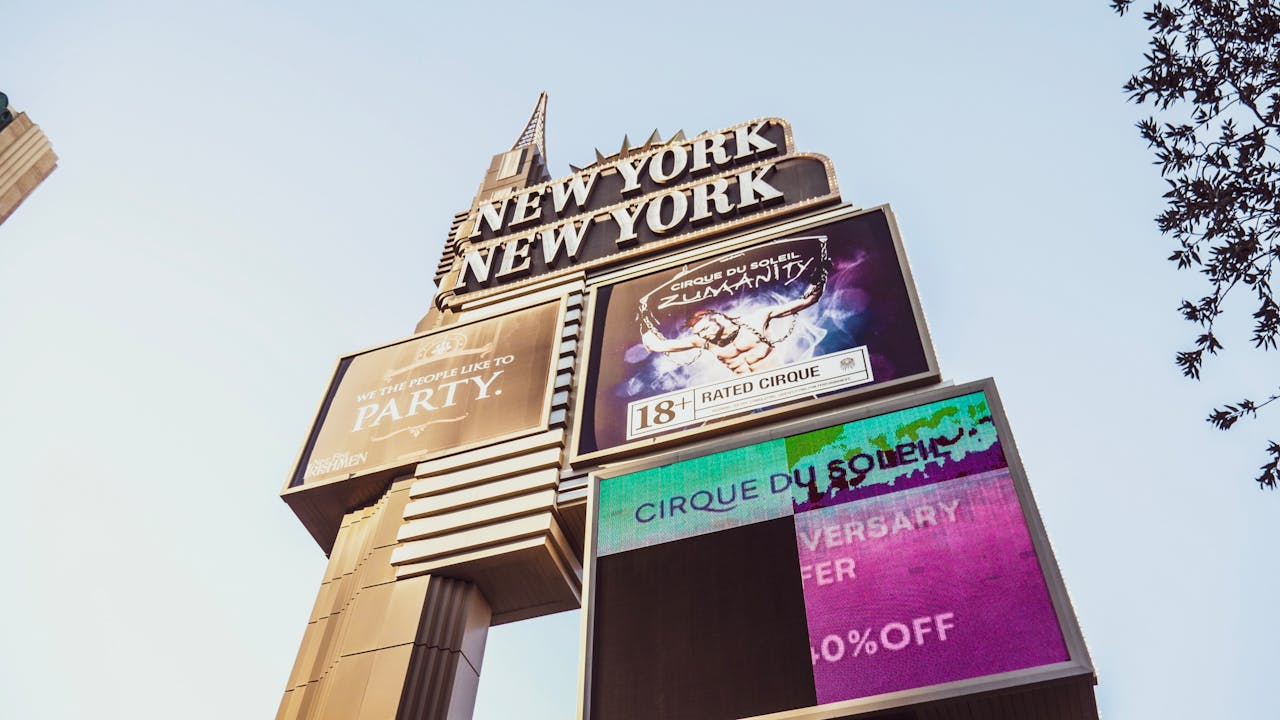In the not-so-distant past, billboard advertising was relatively straightforward—print a message, place it along a busy road, and hope it catches the eye of a passerby. But as cities evolve into high-tech ecosystems filled with sensors, data streams, and interconnected systems, the landscape of outdoor advertising is shifting rapidly. In the age of smart cities, billboard advertising is undergoing a digital transformation, bringing with it both exciting opportunities and complex challenges.
So what does this new era mean for advertisers, city planners, and the public? Let’s explore how billboard advertising is adapting in the age of smart cities—and what hurdles still lie ahead.
Smart Cities: A Quick Primer
Smart cities use digital technology and data analytics to improve infrastructure, efficiency, and quality of life. From traffic flow systems and smart lighting to connected transportation and IoT-enabled waste management, these cities are designed to be more responsive to residents’ needs.
Within this environment, advertising—particularly out-of-home (OOH) formats like billboards—can no longer remain static. The integration of real-time data, artificial intelligence, and location-based targeting has ushered in a new era of dynamic, context-aware advertising.
Opportunity #1: Real-Time, Data-Driven Messaging
One of the biggest advantages of smart city infrastructure is the access to real-time data. Advertisers can now tap into this data to deliver contextually relevant messages based on current conditions.
For example, digital billboards can change content based on weather patterns (think hot coffee ads on chilly mornings or sunscreen ads when UV levels spike), traffic congestion, local events, or even trending social media topics. This responsiveness makes messaging more timely, engaging, and effective—something traditional print boards could never achieve.
Furthermore, advertisers can integrate with public transportation data to target commuters with specific offers, or align with emergency services to display public safety alerts when needed. This blurring of lines between commercial messaging and civic communication adds new layers of relevance.
Opportunity #2: Enhanced Engagement and Interactivity
Thanks to mobile integration, billboard advertising in smart cities doesn’t have to end with the display itself. QR codes, NFC (near-field communication), and geofencing allow billboards to interact directly with a viewer’s smartphone, creating immersive and trackable experiences.
Imagine a billboard promoting a new movie where a passerby can scan their phone to unlock an AR (augmented reality) trailer or purchase tickets instantly. Or a local restaurant ad that sends a discount code when someone walks nearby. These types of campaigns increase engagement and bridge the gap between physical and digital experiences.
Some smart billboards even use sensors and cameras to estimate demographics like age group or mood (without identifying individuals) to tailor content dynamically. While this raises privacy concerns (more on that later), it also opens doors to more personalized and relevant advertising.
Opportunity #3: Sustainability and Energy Efficiency
Smart billboards often incorporate green technology, such as solar power or energy-efficient LED lighting, which aligns well with the broader goals of sustainable urban development. With cities under pressure to reduce their carbon footprints, digital advertising that uses renewable energy or operates in sync with city infrastructure (e.g., powering down during low-traffic hours) adds another point in its favor.
Moreover, replacing paper-based billboard campaigns with digital content reduces physical waste and allows for easier updates and campaign swaps, minimizing the environmental impact of traditional printing and installation.
Challenge #1: Data Privacy and Ethical Concerns
With greater connectivity comes greater scrutiny. Many smart billboard systems rely on location data, behavioral analytics, and even facial recognition-like features to tailor ads. While these technologies don’t always collect personally identifiable information, they still raise valid privacy concerns among citizens and regulators.
In smart cities where everything is interconnected, the question becomes: how much data is too much? Where is the line between helpful personalization and invasive surveillance? Ensuring transparency, gaining user consent, and complying with data protection regulations (like GDPR or CCPA) will be essential for advertisers and technology providers alike.
Challenge #2: Visual Pollution and Sensory Overload
One of the ironies of a “smarter” city is that, if not carefully managed, it can become visually chaotic. The shift toward digital signage means more screens, brighter lights, and constant motion—elements that, while attention-grabbing, can overwhelm pedestrians and drivers alike.
Cities are now faced with the task of balancing innovation with livability. Too many dynamic billboards can lead to visual clutter, distract drivers, and even cause light pollution. Municipalities will need to implement thoughtful regulations that control brightness, frequency of content changes, and placement to ensure public safety and aesthetic harmony.
Challenge #3: Cost and Infrastructure
While the benefits of smart billboards are appealing, they don’t come cheap. The installation, maintenance, and software systems behind dynamic digital advertising require significant investment. Not every city, especially in developing regions, has the infrastructure or budget to support such transformation.
Additionally, technological obsolescence is a growing concern. Hardware and software can become outdated quickly, requiring regular updates to stay compatible with smart city systems. Advertisers and cities must weigh the long-term costs and plan for scalable, future-proof solutions.
The Road Ahead: Collaboration is Key
As billboard advertising continues to evolve within the smart city landscape, collaboration between private companies, city planners, and the public will be crucial. Advertisers need to align their goals with urban priorities—like sustainability, inclusivity, and digital ethics—to create campaigns that are not only profitable but also socially responsible.
Regulations will need to keep pace with innovation, ensuring that technology serves people, not the other way around. Done right, billboard advertising in smart cities can move beyond selling products to enhancing the urban experience itself.
Conclusion
Billboard advertising in the age of smart cities is no longer a passive medium—it’s an intelligent, adaptable, and increasingly interactive part of the urban ecosystem. As cities get smarter, so must the advertisers who want to reach their citizens.
The road ahead is full of potential, but also lined with challenges that demand thoughtful solutions. With the right balance of technology, creativity, and ethics, billboard advertising can continue to be a powerful voice—one that speaks not just to consumers, but to the future of our cities.


Leave a Reply